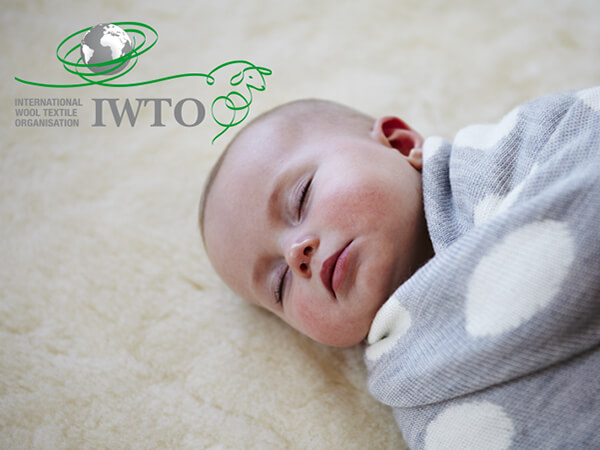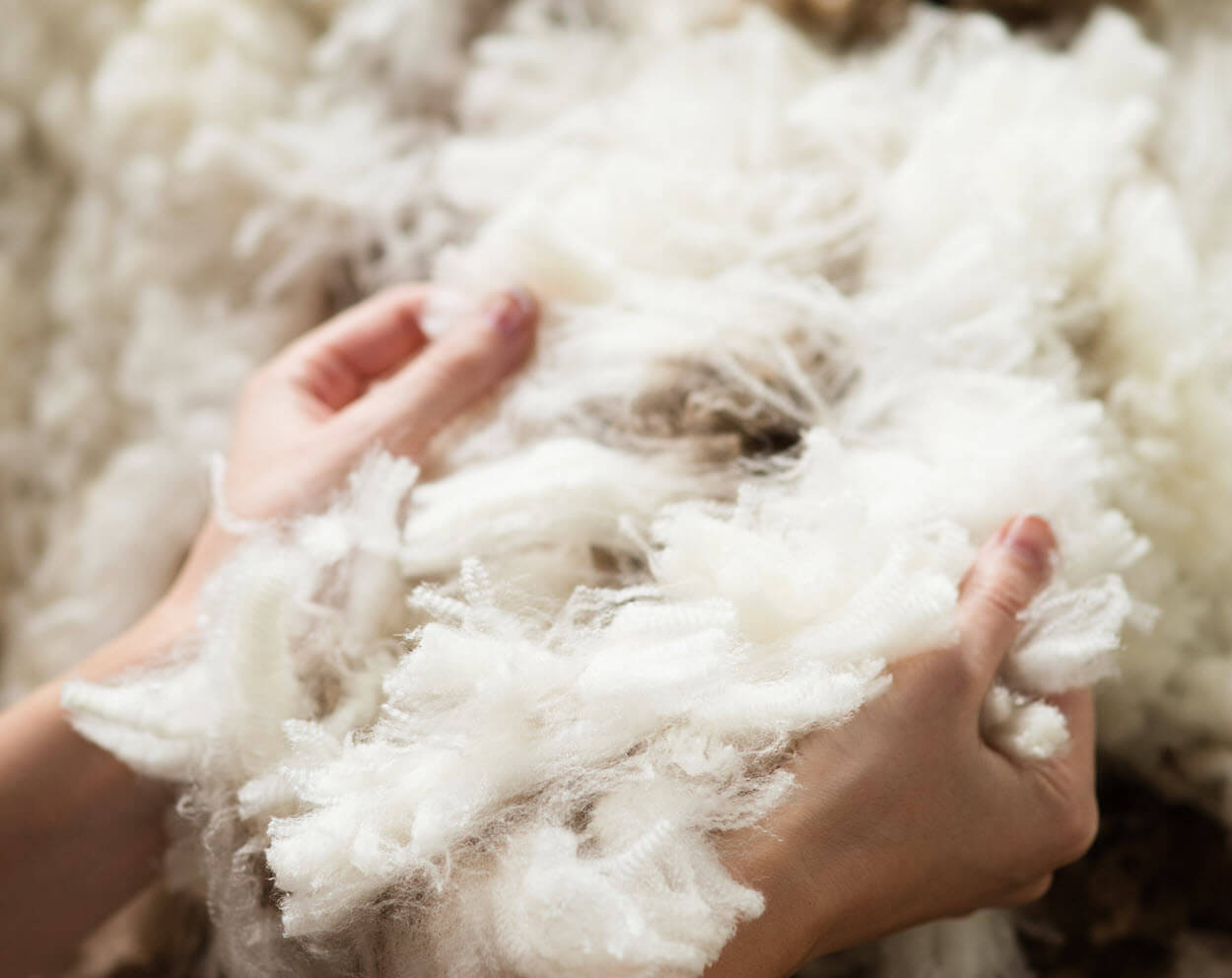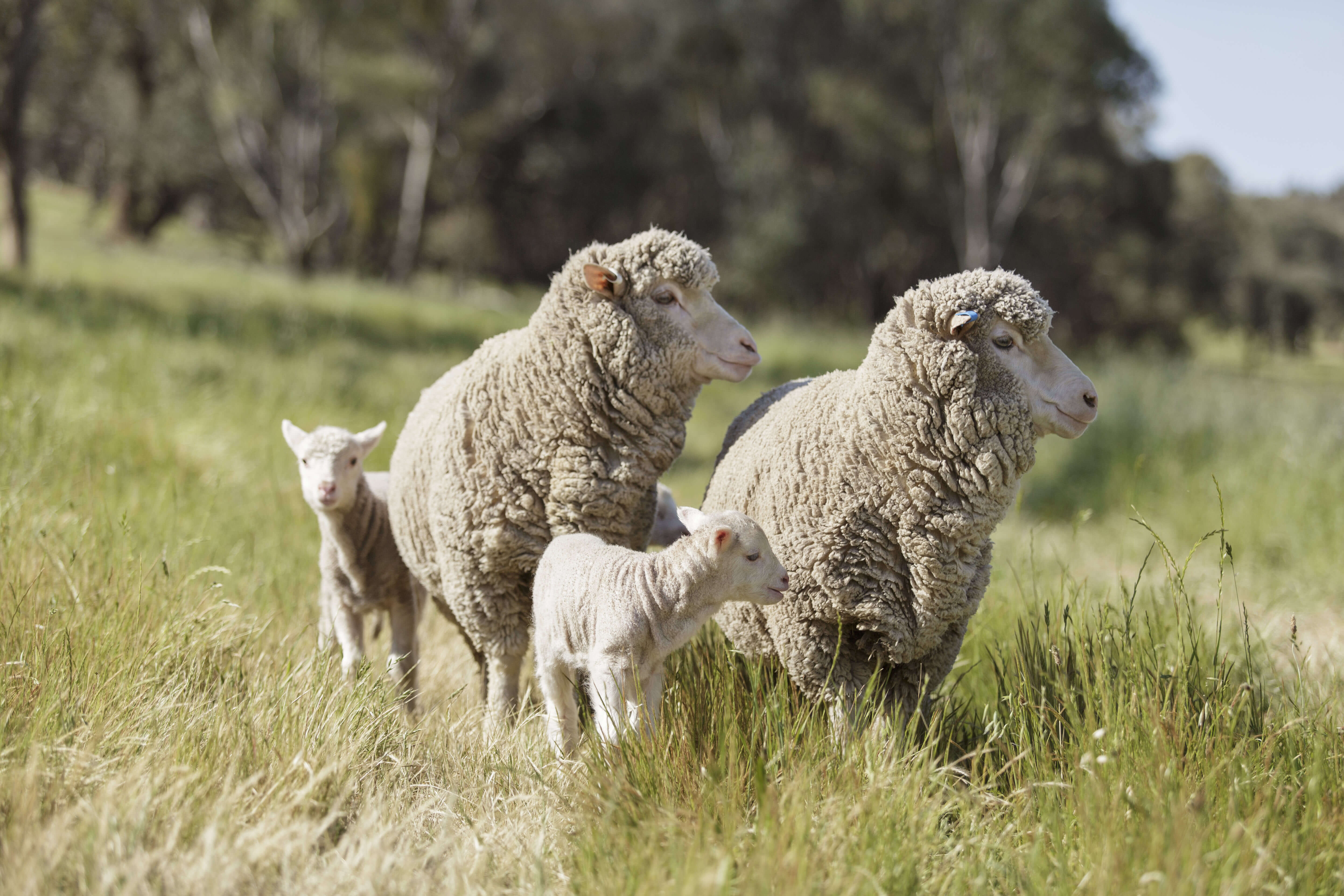
As demand grows for greater comfort and performance in both clothing and bedding, Merino wool is coming its own. Dalena White outlines new research illustrating the fibre’s numerous benefits for wellbeing.
To say that health has become a priority would be the understatement of the year. Across the globe, people are re-evaluating their wellbeing. They are making time to be outdoors and to exercise. Many are working from home and, as cabin fever settles in again, socially distant outdoor activities are a lifeline.
Wool shines in these categories of activity and leisure – and the combination thereof. Moisture management, thermoregulation, odour resistance, resilience – all of these factors contribute to wool’s performance and in particular to that of the Merino wool fibre, so often used in garments that make the bridge between working out and working from home.
Wool for athleisure is a growing sector of the market with a new generation primed to discover its benefits. Supporting this discovery is the success of the wool industry in challenging the notion that wool fibre irritates or is a source of allergy.
From day into night
Wool’s benefits are not limited to our waking hours. The fabrics that we sleep with have just as significant an impact on our health. Wool bedding and sleepwear have been shown to promote a better night’s sleep. By regulating body temperature better than other fibres, wool helps keep sleepers in the ‘thermal comfort zone.’
The combination of wool sleepwear and bedding has been shown to elicit faster onset and deeper sleep, with sleepers waking less frequently during the night. Sleeping on wool has led research subjects to report feeling better in the morning and providing a sense of reassurance and comfort.
Recognition for Merino wool bedding
Now, the industry has gone a step further. Based on recent peer-reviewed research, in October the international certification body Allergy Standards Limited (ASL) officially recognised Merino wool bedding products as 'asthma and allergy friendly.'
“There is a growing body of evidence,” ASL found, “to suggest that high-quality, fine Merino wool is non-irritant and of low risk to those with sensitive skin.”
ASL’s goal is to create healthy environments for those with asthma and allergies, and it works with patient advocacy groups, charities and government bodies around the world. It has issued a new certification standard, ASP: 02-25/101, for bedding with Merino wool.
Merino wool was specified because the supporting research to date has focused on this type of wool. Among the research cited in support of the ASL standard were three scientific papers assessing the impact of wearing superfine Merino wool garments next to the skin for those with the most sensitive skin, and the management of eczema symptoms.
The standard also relies on a major study by an expert group of allergists, immunologists and dermatologists which found no evidence that wool is an allergen.
This study reviewed 100 years of research in the hunt for proof that wool causes allergy. What the reviewers found, however, was proof that skin irritation caused by fabric is due to the ends of coarse fibres protruding from the fabric – not the type of fibre. Skin irritation can be caused as readily by coarse synthetic fibres as natural ones.
Wool is good for the skin
Importantly, the study found that suitably selected superfine Merino products are healthy for the skin, even for those with the most sensitive skin. Superfine Merino wool fibres bend easily, causing minimal or no skin irritation.
The study also found that known allergens previously applied during textile processing are minimally present in wool garments today given current industry practices.
“Reassessing the validity of historical claims that wool could be an allergen was the first step in overcoming the misconception that people with eczema or even those with sensitive skin should not wear superfine wool next to the skin,” says Angus Ireland, The Woolmark Company’s programme manager for fibre advocacy & eco credentials.
“Seeing these research results widely recognised is rewarding and helps overcome barriers to consumers, who will ultimately benefit from wearing and sleeping in products made from Merino wool.”
More research underway
The relationship between wool and wellbeing has been a focal point for the industry since a key study found wool blankets performed better than acrylic in thermal insulation, moisture absorption and moisture buffering (the ability to manage changes in humidity).
Ongoing research includes studies in the US and Norway to validate the findings of earlier work showing superfine Merino wool to be beneficial to people of different ages with eczema, including babies, young children and adults.
On the sleep side, a study is progressing comparing the effects of wool and cotton sleepwear on post-menopausal sleep quality. A three-year study at North Carolina State University on wool’s ability to breathe is also progressing. This study aims to develop a novel test method for assessing the breathability of garments during physical activity. This attribute, known as dynamic breathability, is the factor primarily responsible for wool’s growing demand in the active, outdoor wear and athleisure markets.
- Dalena White is secretary general of the International Wool Textile Organisation (IWTO).
- Through scientific research, wool textile education and knowledge sharing, IWTO ensures a sustainable future for wool. www.iwto.org
Have your say. Join the conversation and follow us on LinkedIn







